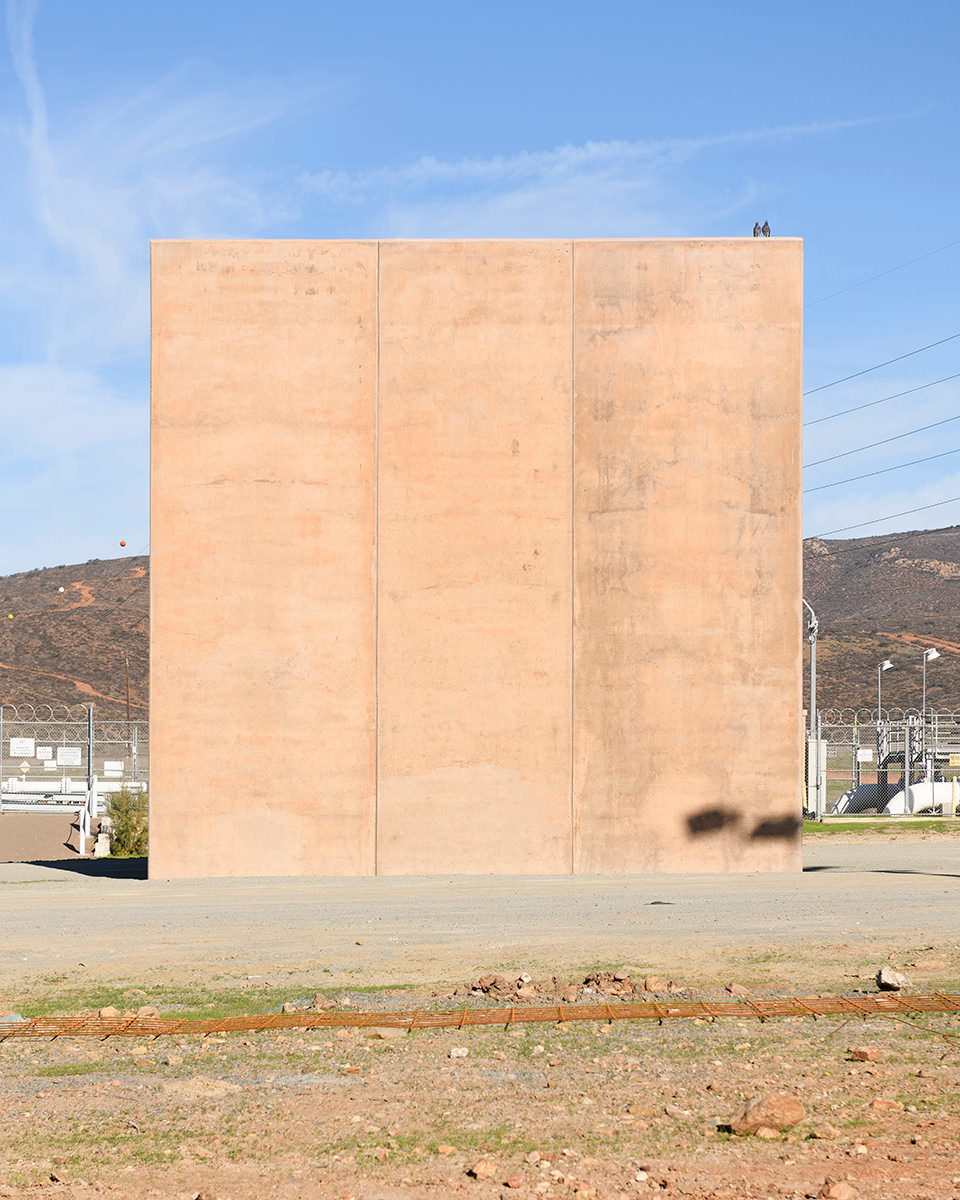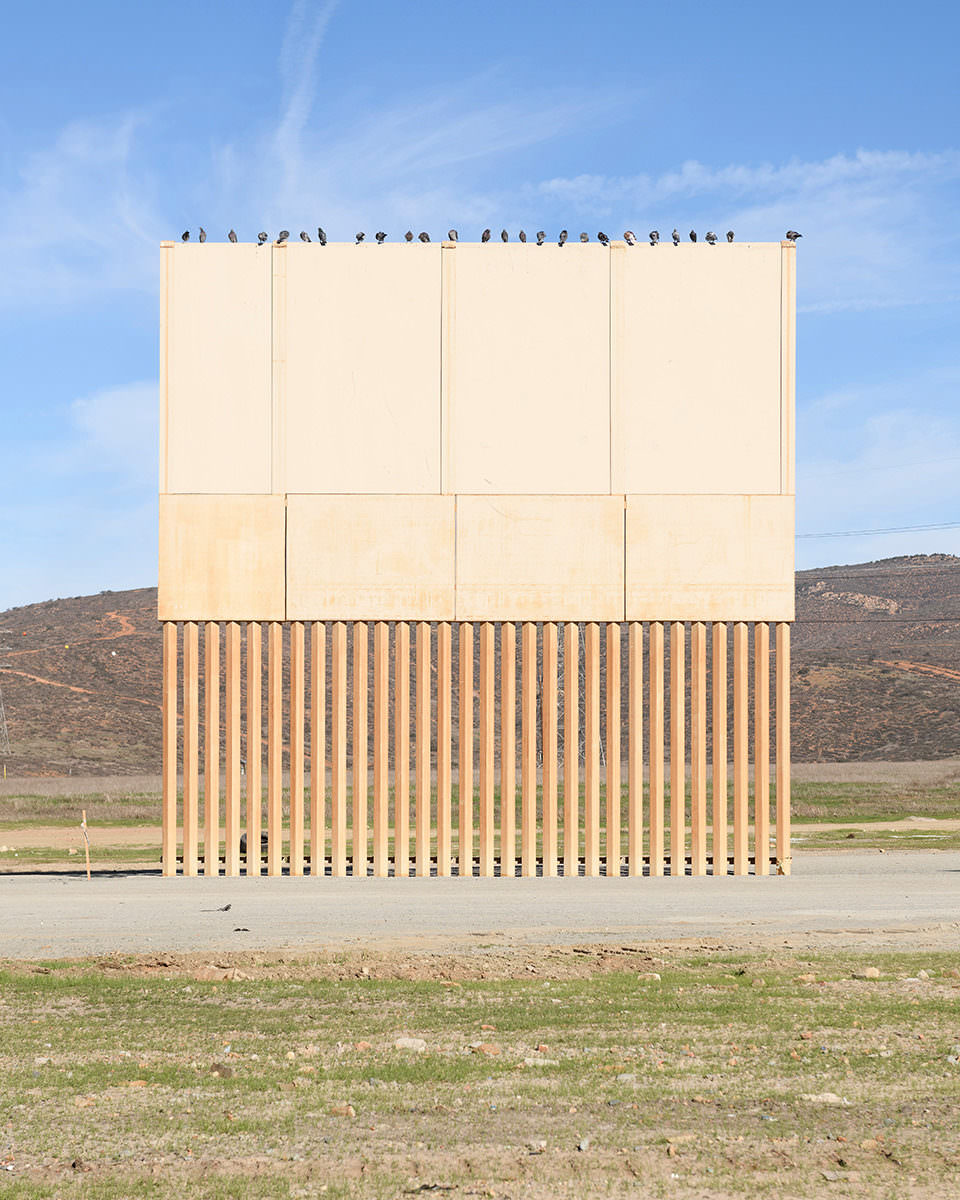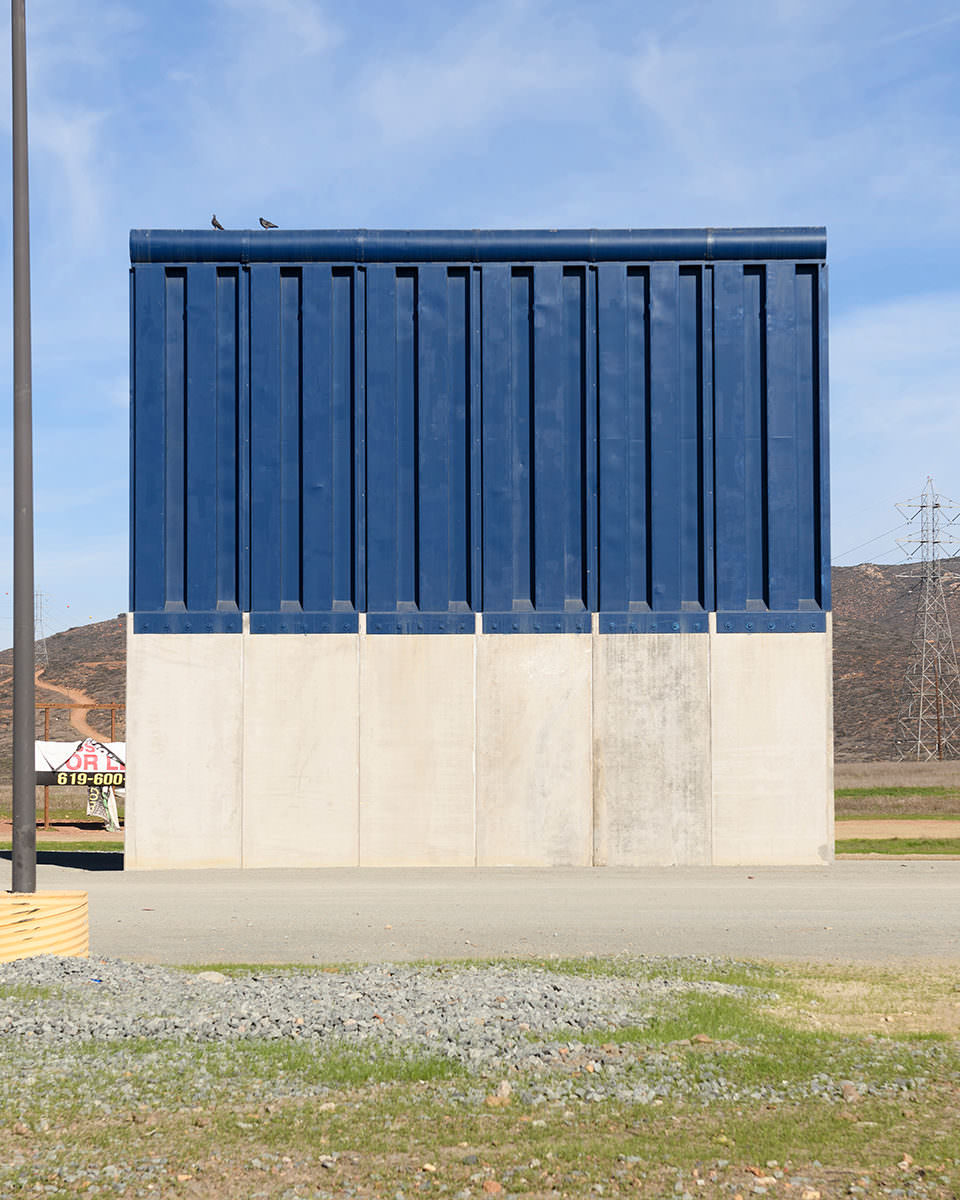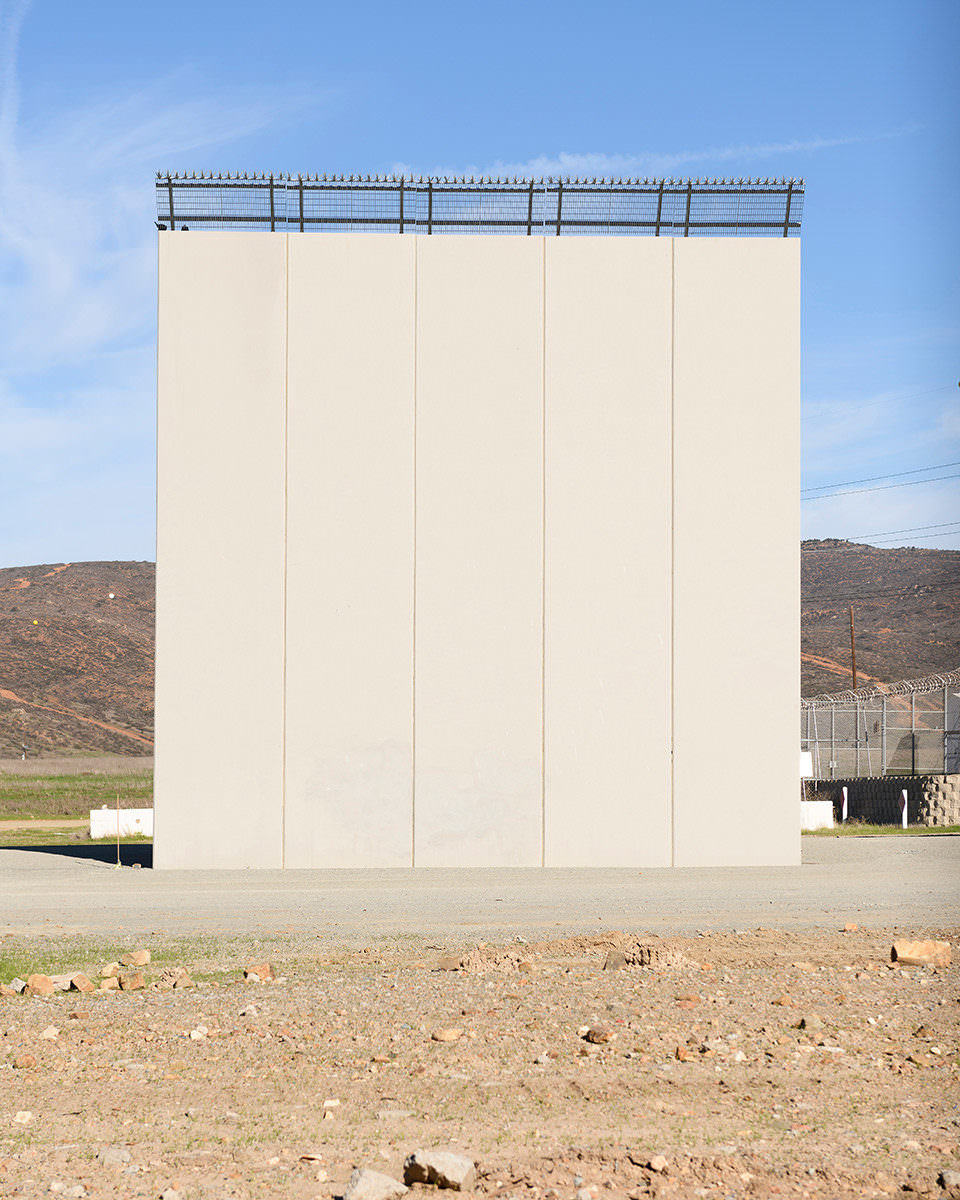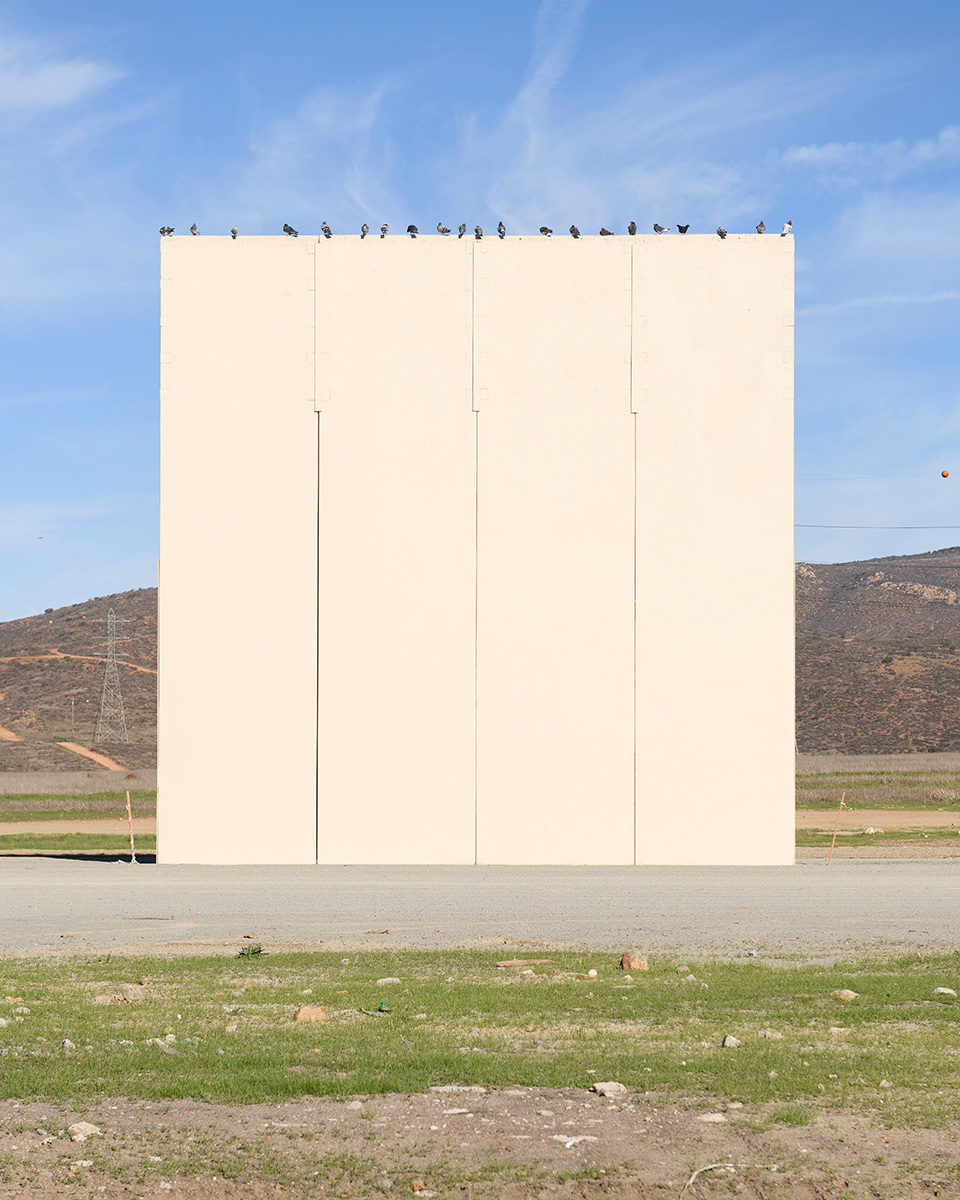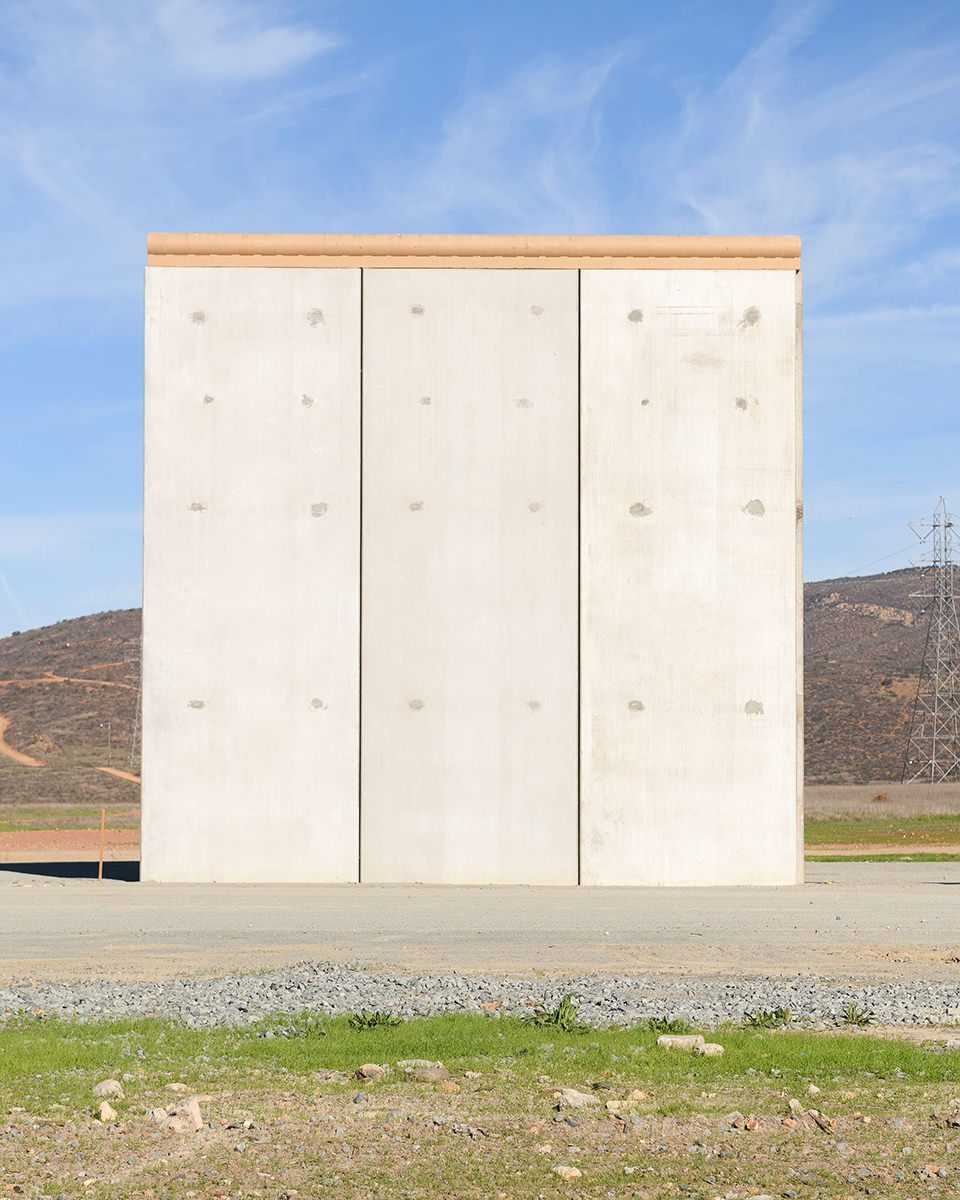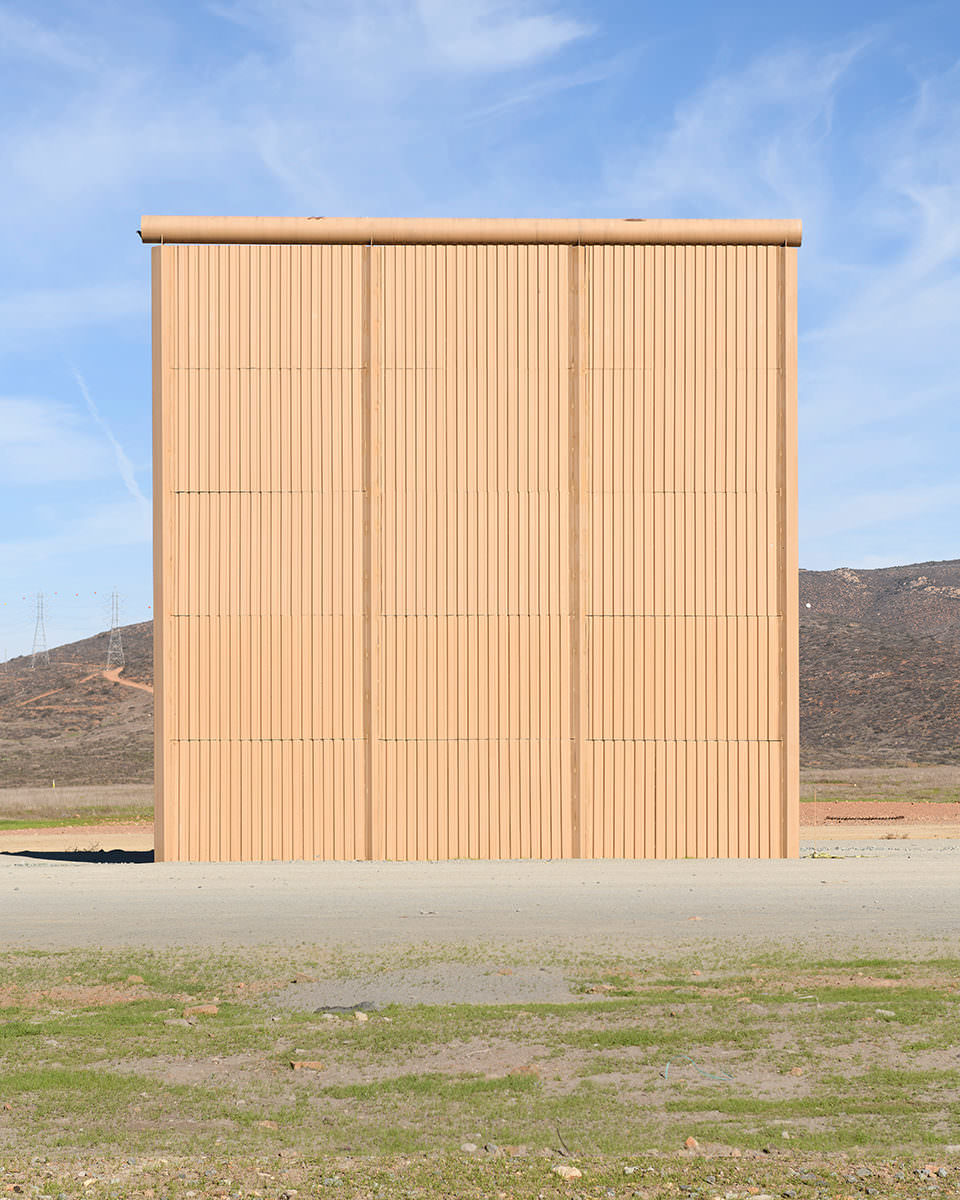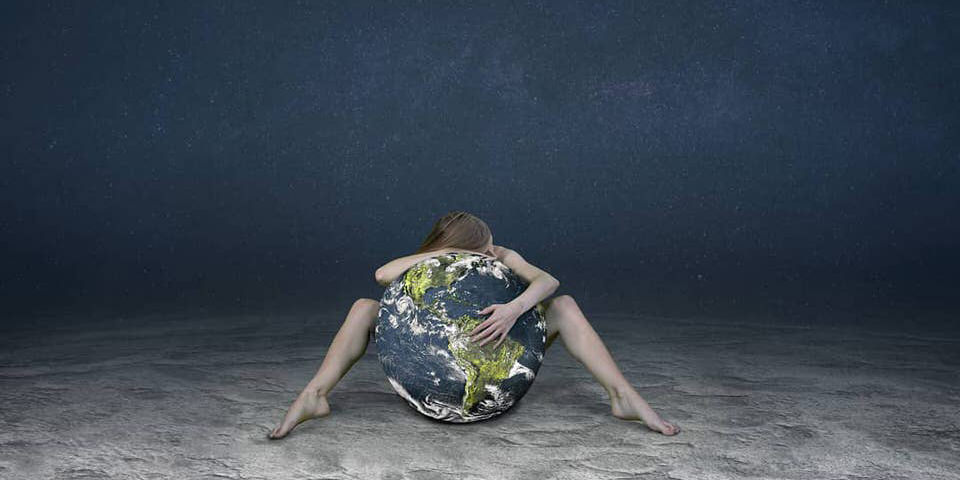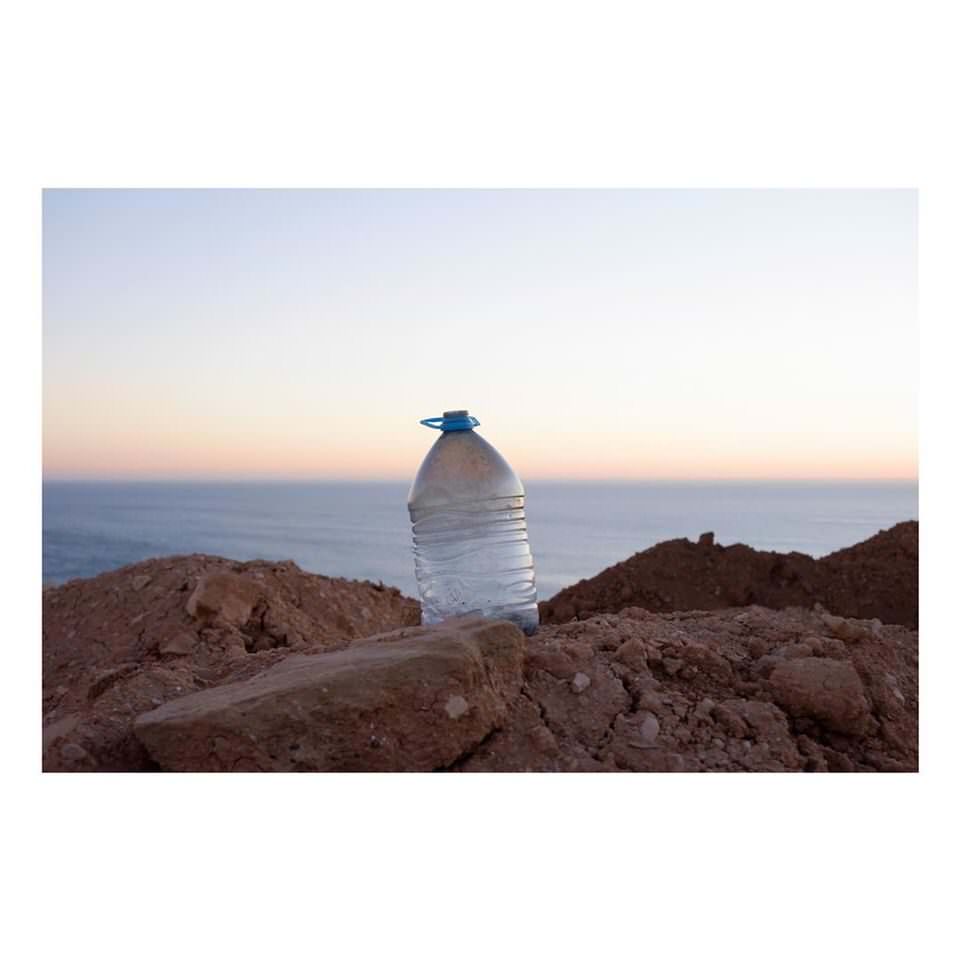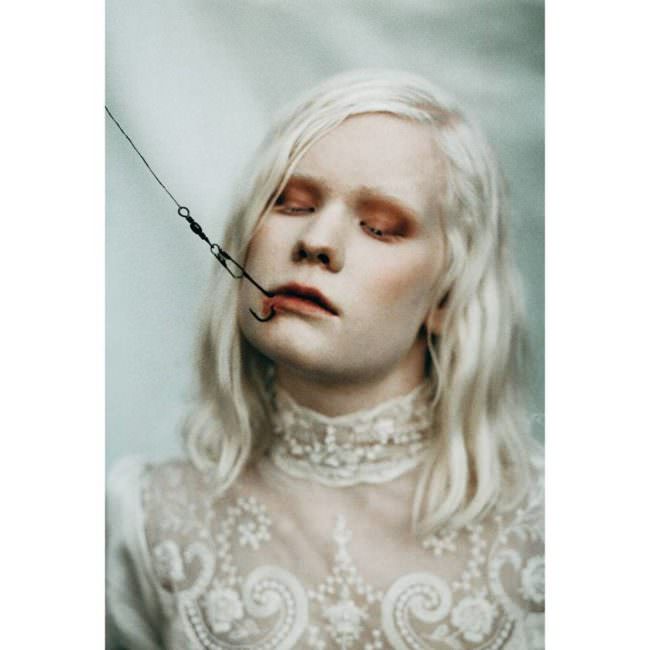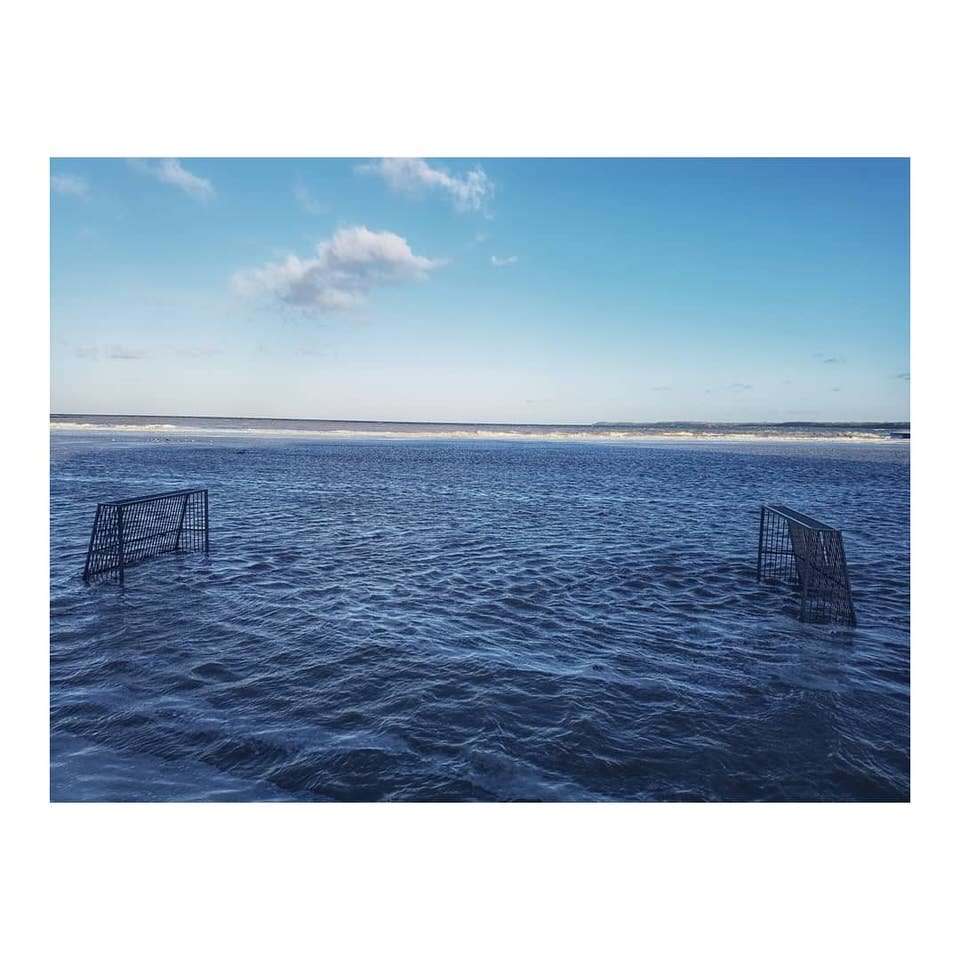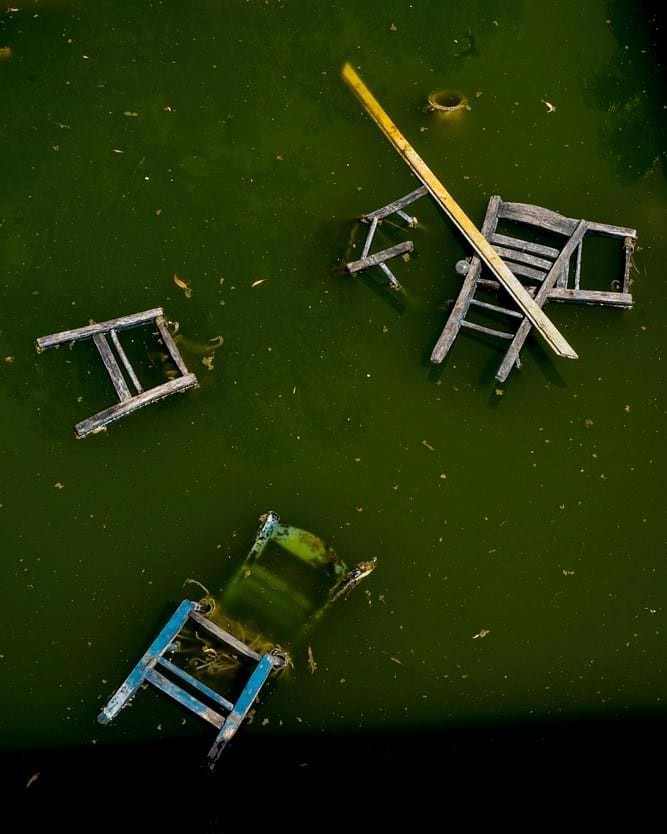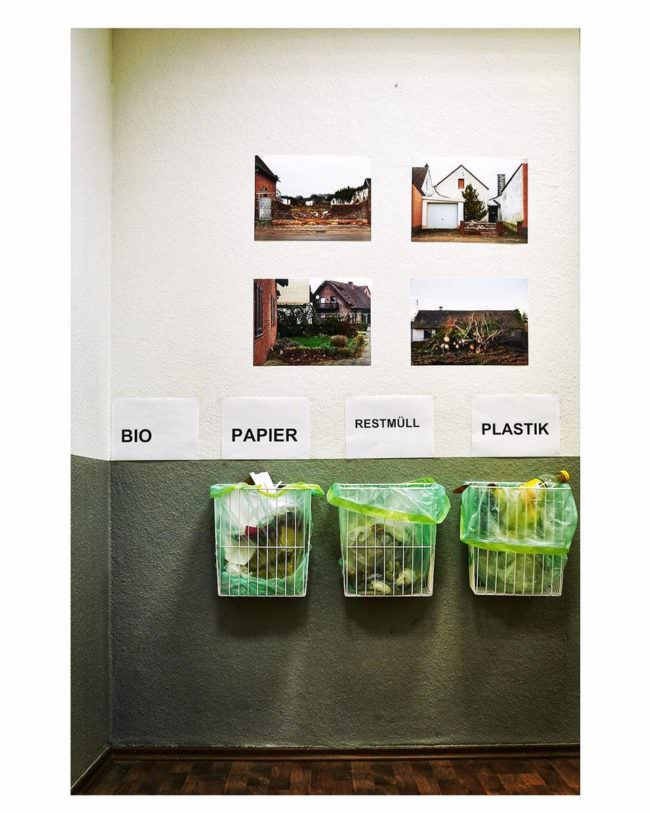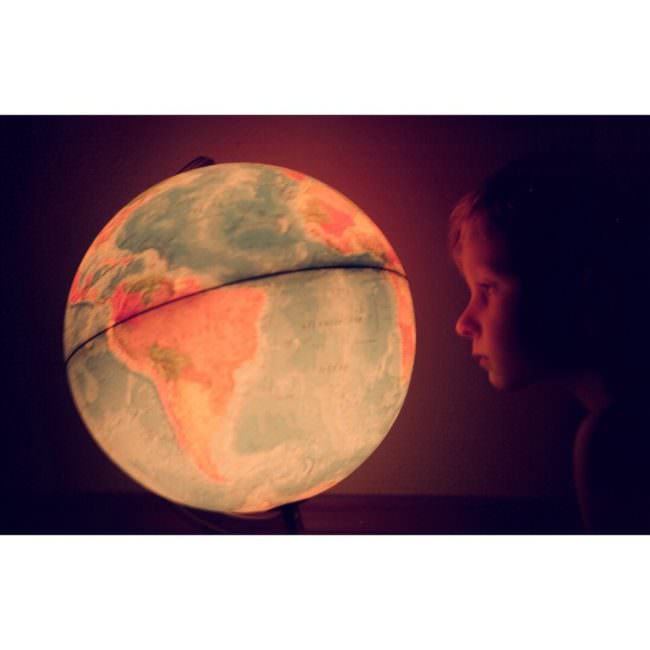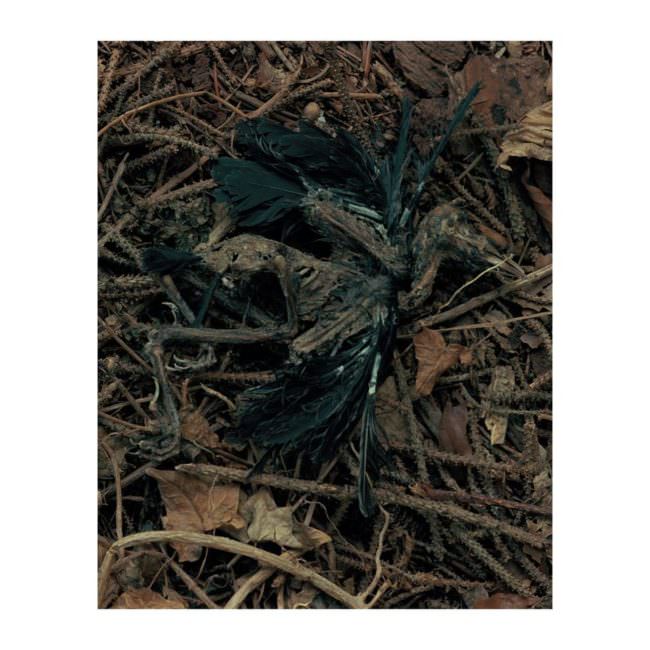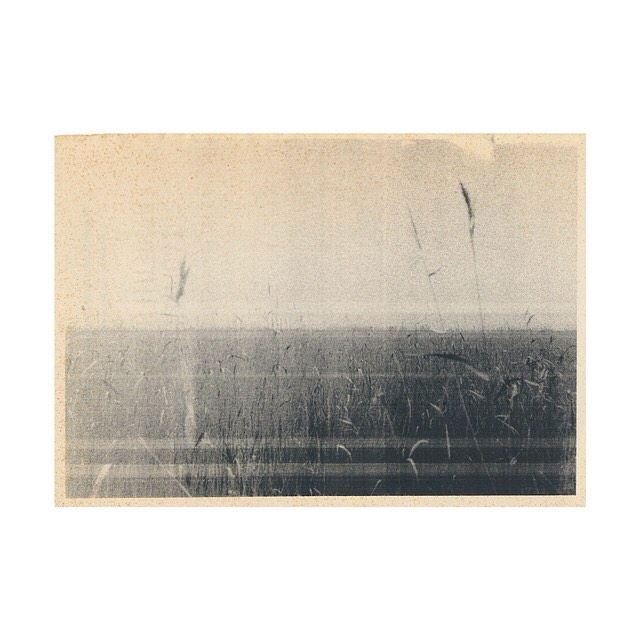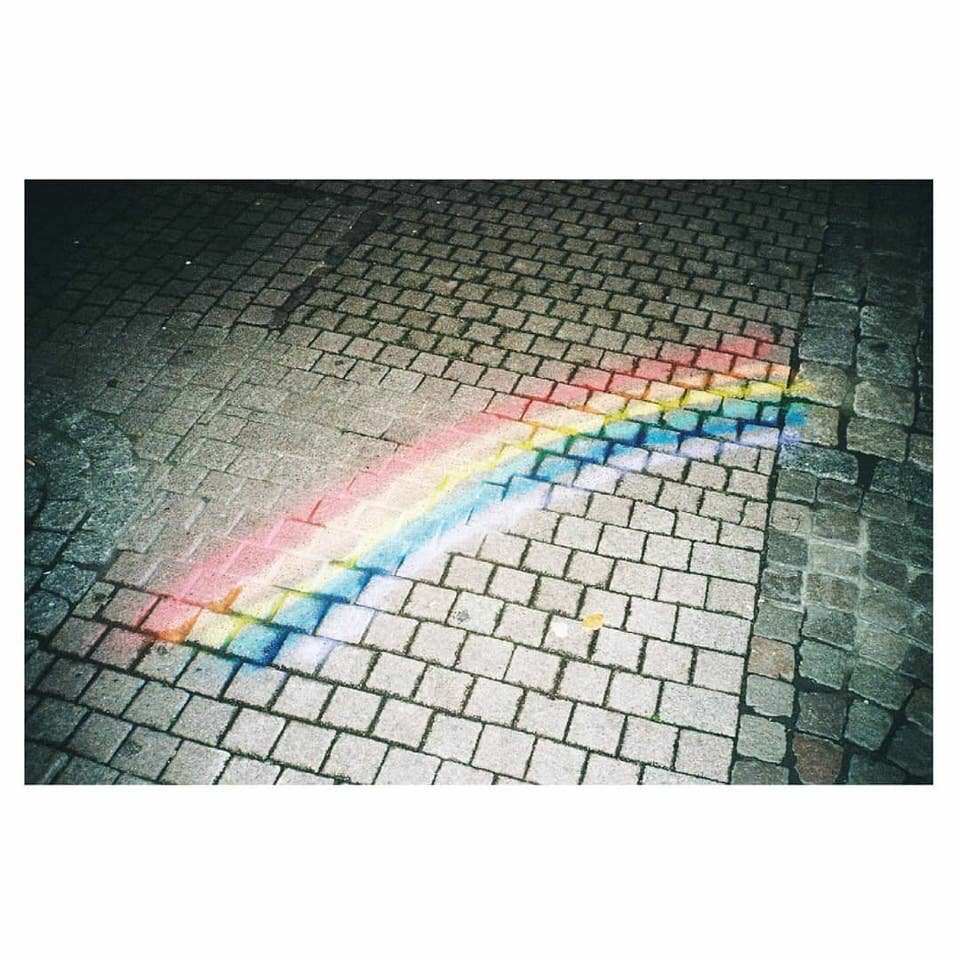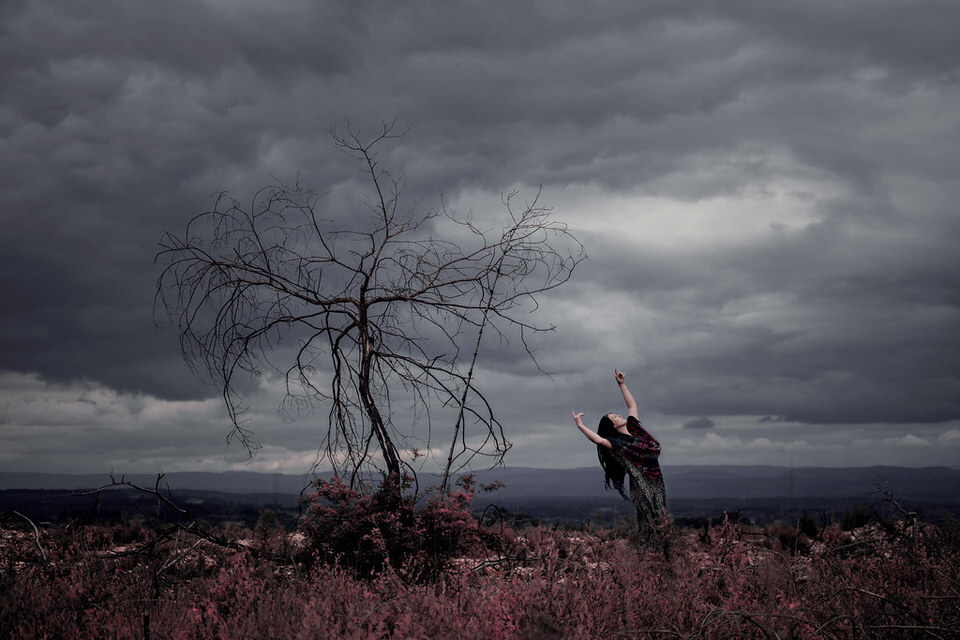The Trump Wall
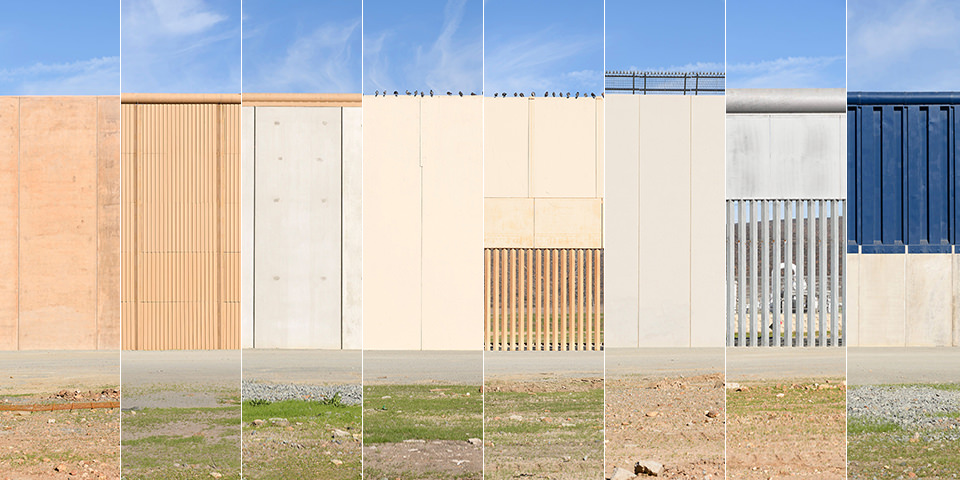
Kaum ein Wahlversprechen wurde so viel diskutiert wie die berühmte Trumpmauer. 3.145 km soll sie entlang der Kontinentalgrenze illegale Einreisen aus Mexiko in die USA unterbinden. Über zwei Jahre ist der Amtsantritt Donald Trumps nun her und noch immer steht sie nicht. Was bisher gebaut wurde, sind jedoch Prototypen, aufgereiht in San Diego, nahe der mexikanischen Grenze.
Hier hat sie der mexikanische Fotograf Daniel Ochoa de Olza dokumentiert, aus Sicht der mexikanischen Seite. Die Aufnahmen werden wohl ein wichtiges Zeitdokument werden und sind und bleiben vor allem eins: Ein Zeichen für Trumps Größenwahn.
Der Präsident hatte am 15. Februar einen nationalen Notstand ausgerufen, um die Mauer ohne parlamentarische Zustimmung finanzieren zu können. In der letzten Woche entschied ein Richter, dass der Bau gestoppt wird, weil das dafür nötige Geld vom Kongress nicht explizit zum Bau freigegeben wurde.
Hier in Deutschland erregt Trumps Bestreben durch die deutsche Geschichte gefühlt besonders viel Aufmerksamkeit. Die Prototypen erinnern mich selbst an die Mahnmale zum innerdeutschen Mauerbau, der mehr Leid als Schutz gebracht hat. Die Geschichte wird zeigen, ob einer der Prototypen tatsächlich einmal Vorbild für eine echte Mauer sein wird.
kwerfeldein – Magazin für Fotografie http://bit.ly/2wy1dp8
Sourced by Time Trap Photography sharing the best photography tips, news and tricks throughout the industry. Time Trap Photography is dedicated to freezing those special moments in life that can be revisited and admired for generations to come. - Shannon Bourque
Please visit our main site for booking availability and rates.

Receive valuable industry knowledge delivered free to your email each day.


